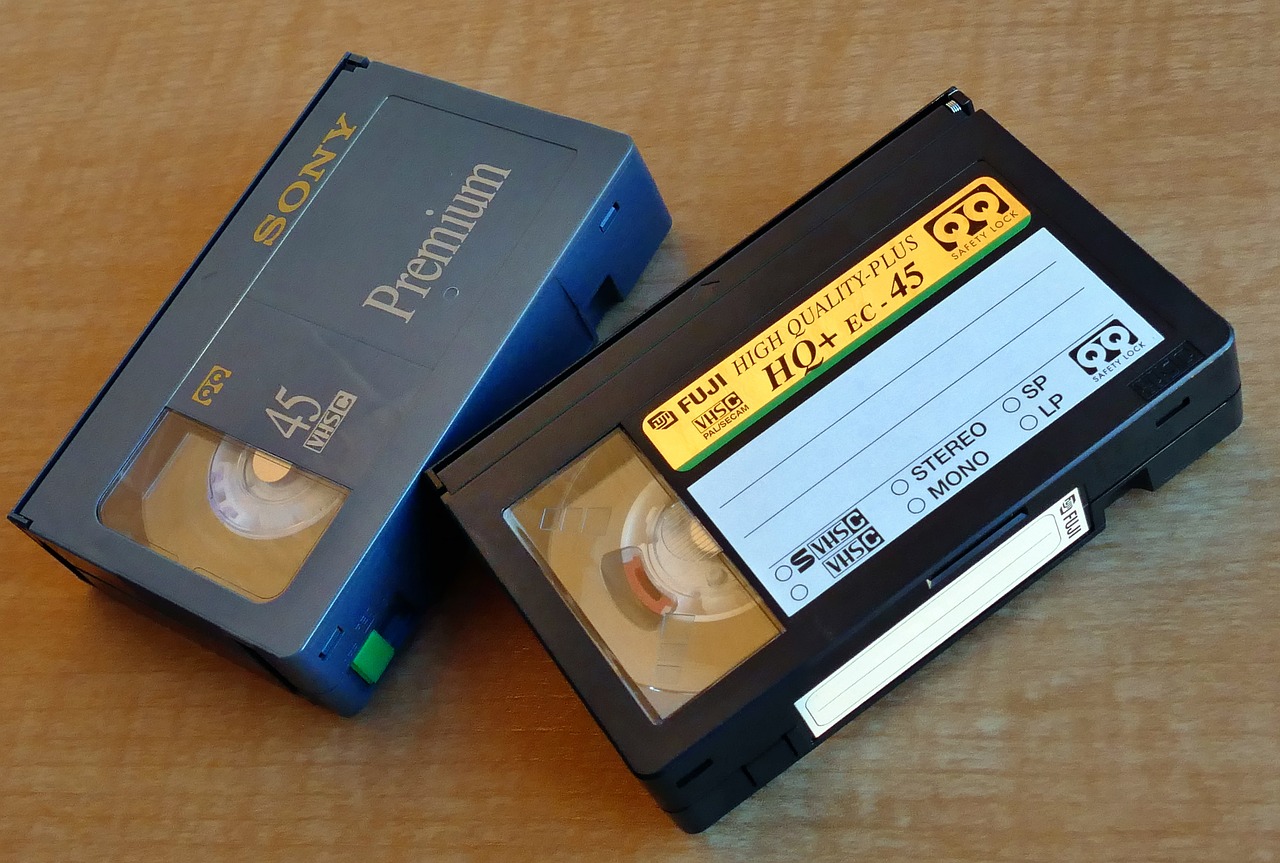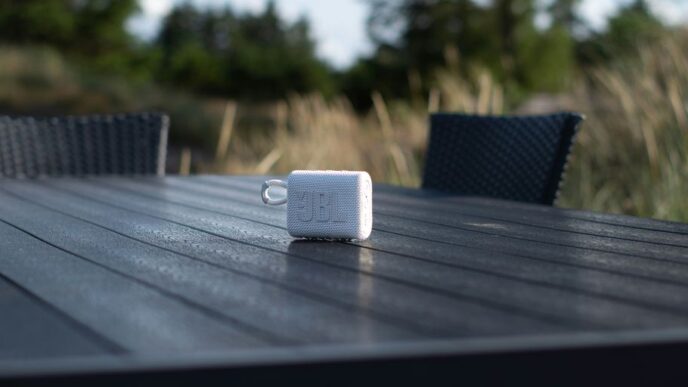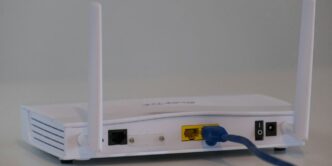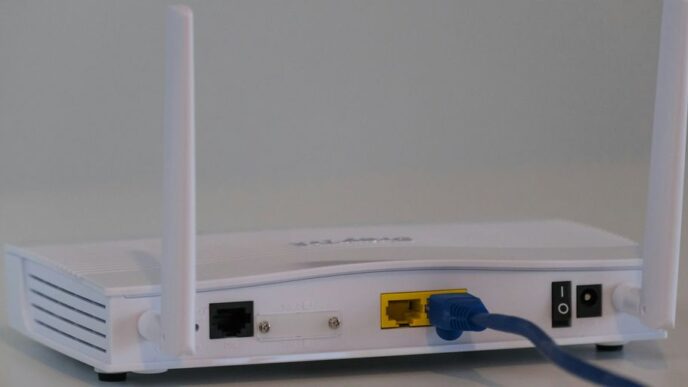As technology continues to advance at lightning speed, it’s hard to imagine a time when we relied on clunky gadgets and outdated devices. From dial-up internet to floppy disks, these technologies were once the norm but have since become obsolete relics of the past. Join us as we take a trip down memory lane and say goodbye to 10 technologies that will make you nostalgic for simpler times—or grateful for how far we’ve come!
Introduction
We all know that technology changes rapidly. Every day, new gadgets and gizmos are released that make our lives easier, faster, and more efficient. However, it’s easy to forget just how far we’ve come in such a short amount of time. In the last century alone, we’ve seen some incredible advances in technology, many of which have completely changed the way we live and work.
While it’s always fun to look forward to the latest and greatest technologies that are on the horizon, it’s also interesting to look back at some of the older technologies that we once relied heavily on but have since become obsolete. Here are just a few examples of technologies that you won’t believe we used to use daily:
- Typewriters: Can you imagine having to type out every single letter of every word you wanted to write? That’s what people had to do before typewriters were invented in the late 19th century. While they may seem like ancient relics now, at one time typewriters were cutting-edge technology that revolutionized how people communicate.
- Cassette tapes: Remember having to blow into your cassette player to get it working? Or fast-forwarding through an entire song just to get to the one you wanted to hear? Cassette tapes may seem like a thing of the past, but they were once the primary way people listened to music. Nowadays, you can carry around thousands of
- Dial-up Internet
Do you remember the sound of a dial-up modem connecting to the internet? Or the frustration of waiting for pages to load while your phone line was tied up? If you’re too young to remember, consider yourself lucky. Dial-up internet was slow, unreliable, and expensive. But it was also our only option for getting online until the early 2000s.
Nowadays, high-speed broadband connections are available to nearly everyone in developed countries. But it wasn’t always this way. In the early days of the internet, dial-up was the only way to get online. And it was a far cry from the lightning-fast speeds we’re used to today.
If you were using the internet in the 1990s or early 2000s, you’ll remember how painfully slow dial-up could be. Pages would take minutes to load, and downloads were often interrupted by busy signals or connection errors. Even simple tasks like checking email could be frustratingly slow on a dial-up connection.
But we didn’t have any other choice back then. For many people, dial-up was their first introduction to the Internet. And despite its many shortcomings, it played an important role in making the Internet what it is today.
- VHS Tapes
Remember VHS tapes? They were the predominant way to watch movies in your own home from the late 1970s until the early 2000s. If you wanted to watch a movie, you had to go to the store, rent a VHS tape, and hope that it was in good enough condition to play. Rewinding was a pain (literally, it would give you paper cuts), and if you wanted to watch a movie more than once, you had to fast-forward through all the commercials. But we loved those movies, so we dealt with it.
- CRT Monitors
Remember those big, clunky CRT monitors? They were once the standard for computer displays but have now been replaced by slimmer LCD and LED screens. CRT monitors are bulky and consume a lot of energy, so it’s no surprise that they’ve fallen out of favor.
- Floppy disks
Floppy disks were once a common storage method for computers. They could be inserted into the computer and used to store data. Floppy disks were replaced by more advanced storage methods, such as USB flash drives, which are now widely used.
- Walkman Cassette Players
Though the first Walkman cassette player was released in 1979, the device didn’t gain widespread popularity until the early 1980s. By the late 1990s, however, the Walkman had become obsolete, replaced by portable CD and MP3 players. Today, cassette tapes are all but forgotten, except by a small group of audiophiles who appreciate their warm, analog sound.
- Digital Cameras
Digital cameras have come a long way since their inception in the early 1990s. Today, they are an essential piece of technology for anyone who wants to capture memories or take photos professionally. But it wasn’t always this way. In the early days of digital photography, the quality was poor and the cameras were very expensive. But as with any new technology, it eventually improved and became more affordable. Here is a look at how digital cameras have evolved over the years.
- VCRs
VCRs were once a staple in every home, but they’ve since been replaced by newer technologies like DVDs and streaming services. If you still have a VCR, chances are it’s collecting dust in a closet somewhere. Here’s a look at some of the reasons why VCRs are no longer used:
- Poor picture quality: VHS tapes often produce a fuzzy or grainy image, especially after being played multiple times.
- limited storage capacity: A typical VHS tape can only hold up to 2 hours of content. Compare that to DVDs, which can store 4–8 hours of content, or even Blu-ray discs, which can hold up to 25GB of data.
- outdated technology: Most TVs now have built-in DVD players, so there’s no need for a separate VCR player. In addition, many new TVs don’t even have composite video inputs anymore (the ports required to connect a VCR), so you’d need an adapter just to use one.
- No HD support: VHS tapes are not compatible with HDTVs, so you’re stuck with standard-definition content if you want to watch your old movies and TV shows.
- PDAs
Personal digital assistants, or PDAs, were once a staple in many people’s lives. These devices were used for tasks such as keeping track of appointments, storing contact information, and managing to-do lists. However, PDAs have become increasingly obsolete in recent years thanks to the rise of smartphones.
While PDAs were once cutting-edge technology, they now seem like ancient relics. It is hard to believe that people once relied on them for everyday tasks. Today, PDAs are primarily used by collectors and tech enthusiasts. For everyone else, they have been replaced by more advanced devices.
- Laserdiscs
Laserdiscs were once a popular technology for watching movies at home. But they are now obsolete, replaced by DVDs and Blu-Ray discs. Laserdiscs were large, bulky discs that could hold up to 60 minutes of video. They were played on special laser-disc players that cost hundreds of dollars. The picture quality was good, but the discs were expensive, and the players were prone to breaking down. Today, you can buy a DVD player for less than $50, and DVDs are much more reliable than laserdiscs.
- Landlines
For many of us, landlines are a thing of the past. With the advent of smartphones and other mobile devices, there’s simply no need for a home phone anymore. Even businesses are ditching their landlines in favor of VoIP (Voice over Internet Protocol) systems that use an internet connection instead of a phone line.
But believe it or not, there are still some holdouts who refuse to give up their landlines. Whether it’s for the nostalgia factor or because they just don’t want to change, these people are clinging to a technology that is rapidly becoming obsolete.
If you’re one of those people who still has a landline, now might be the time to say goodbye. Here are some signs that your home phone is past its prime:
- You don’t use it anymore. If your home phone is just sitting around collecting dust, it’s time to let it go. There’s no point in paying for a service you’re not using.
- Your friends and family all have cell phones. With everyone you know using cell phones, what’s the point of having a home phone? You’re probably not going to get many calls on it anyway.
- It’s becoming increasingly difficult to find a reliable landline service provider. As more and more people ditch their landlines, service providers are less likely to invest in maintaining a robust network. This could result in poorer call quality and more dropped calls.
Conclusion
It’s amazing to think about how much technology has changed in such a short time. We have gone from using bulky videocassettes and rotary phones to having access to the entire internet in our pockets, and that is nothing short of remarkable. The next time you upgrade your phone or laptop, take a moment to remember all the obsolete technologies we used before them—and if you happen across any old gadgets gathering dust at home, why not donate them so someone else can marvel at their age-old features?













